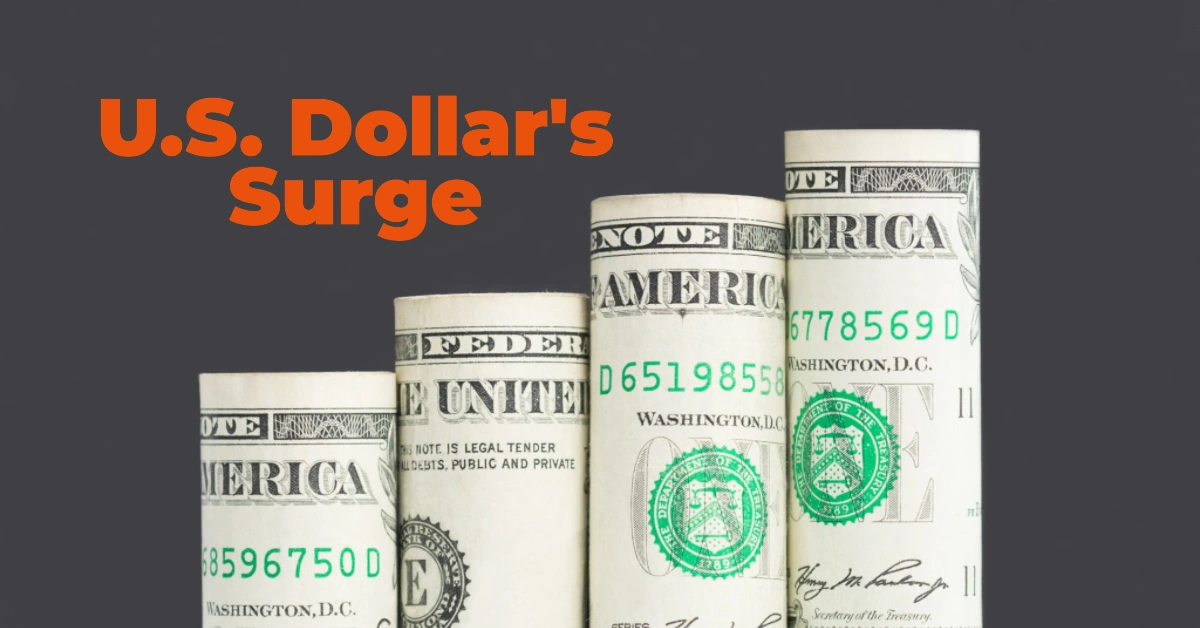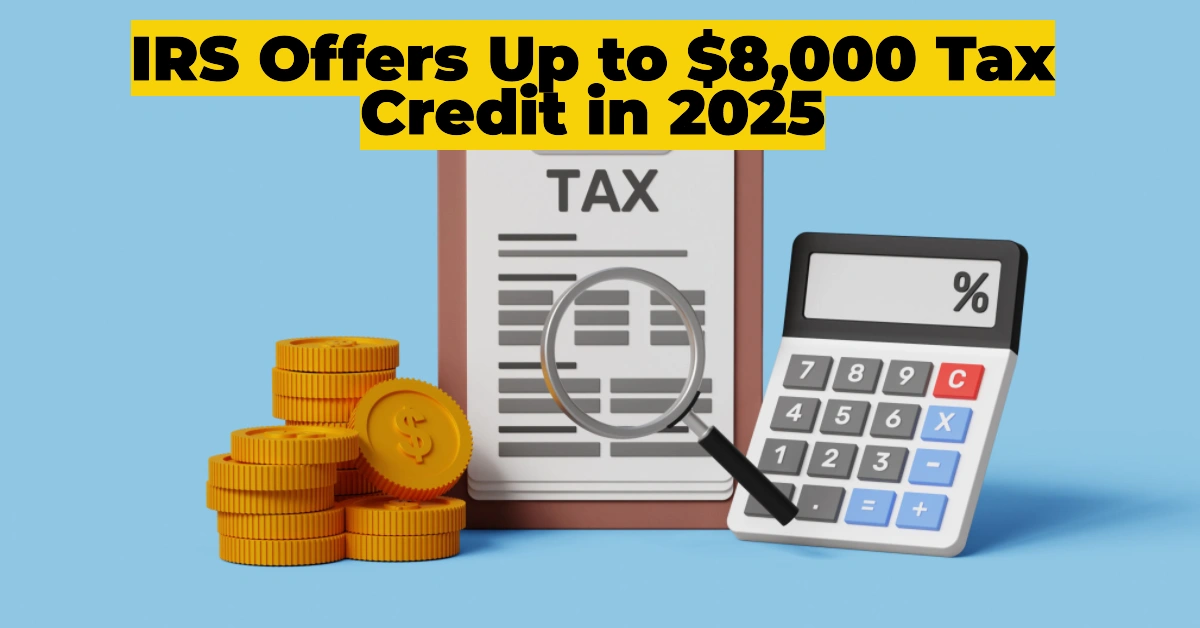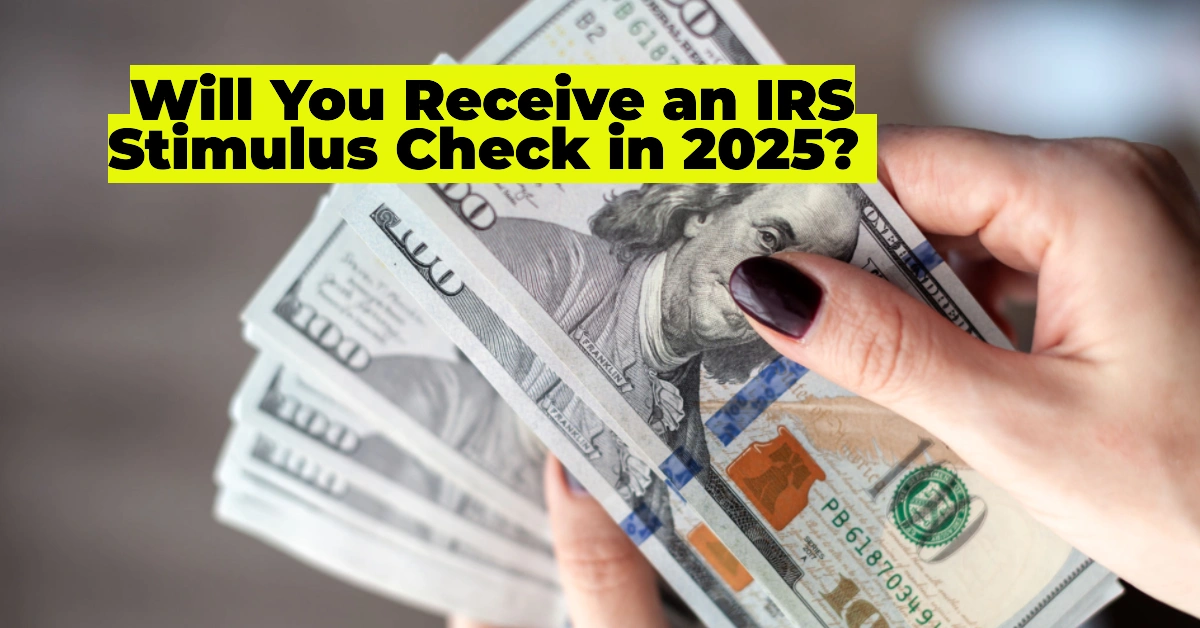Since late September 2024, the U.S. dollar has been on a remarkable upward trajectory, with the U.S. Dollar Index (DXY) gaining over 10% in just three months. Its ascent above the critical 110.00 mark on January 13 highlights the greenback’s resilience, positioning it as the strongest-performing currency among major economies.
Table of Contents
The driving forces behind this rally are multifaceted, ranging from interest rate differentials to geopolitical dynamics. But the big question remains: will the U.S. dollar continue its climb in 2025?
Key Drivers of the Dollar’s Rise
1. Interest Rate Differentials and Federal Reserve Policy
The U.S. Federal Reserve’s current benchmark interest rate, sitting at 4.25%-4.50%, is among the highest in industrialized economies. Unlike other central banks, which are expected to pursue aggressive rate cuts, the Fed is likely to ease its monetary policy at a slower pace, supported by the following:
- Economic Resilience: Robust labor market data and strong consumer spending continue to support the U.S. economy.
- Inflation Expectations: A more measured approach to rate cuts by the Fed underscores its confidence in managing inflation without sacrificing growth.
2. Safe-Haven Demand Amid Geopolitical Uncertainty
Geopolitical tensions, fears of potential trade wars, and uncertain political policies have elevated the U.S. dollar’s appeal as a safe haven. Concerns surrounding trade tariffs—particularly under the administration of Donald Trump—have created bearish pressures on currencies like the Euro (EUR), Australian dollar (AUD), and New Zealand dollar (NZD).
3. Weakness in Peer Economies
- Eurozone Struggles: The European Central Bank (ECB) faces pressure to cut rates, given the Eurozone’s structural challenges, including high energy costs and fiscal instability. A Bloomberg survey projects modest growth of 1% for the Euro Area in 2025, well below its long-term average of 1.4%.
- Risk-Sensitive Currencies: The AUD and NZD have seen double-digit declines due to their vulnerability to global trade dynamics.
This Rare Penny Could Be Worth $2.3 Million: Unlock Hidden Treasures
How Your $2 Bill Could Be Worth Up to $20,000: Hidden Treasures
USD Rebounds Amid Renewed Tariff Speculation: Scotiabank Strategist Breaks Down the Moves
Costco’s Robust Membership Growth Fuels Revenue Increase Amid Fee Hike
Outlook for Major Currencies
EUR/USD Pair Under Pressure
With a 58% weight in the DXY, the Euro remains a critical factor in the dollar’s performance. Analysts suggest a strong possibility of EUR/USD declining towards parity or even below the 1.0000 mark this year. The Eurozone’s economic challenges and anticipated ECB rate cuts only heighten this risk.
Signs of Exhaustion in the Dollar Rally
While the DXY has shown remarkable strength, technical indicators suggest a potential pause in its rally:
- Bearish Divergence: A divergence between DXY price and the Relative Strength Index (RSI) hints at waning momentum.
- Fundamental Pricing: Many bullish factors appear already priced into the dollar, leaving limited room for additional upside.
The Trump Effect: Inflationary Policies and Trade Tariffs
Donald Trump’s policies have significantly influenced the dollar’s recent strength. Markets had anticipated his election win and its inflationary implications, prompting a pre-election rally. However, fears of blanket tariffs destabilizing global trade might be overstated.
Bloomberg reports that a measured approach to tariffs may be more likely, which could temper some of the dollar’s bullish momentum. Analysts caution against overestimating the impact of trade policies, noting the possibility of a “buy the rumor, sell the news” scenario.
Risks to Dollar Appreciation
Although the U.S. dollar’s rally has been impressive, certain risks could temper its performance:
- Global Policy Shifts: If other central banks adopt less dovish stances, interest rate differentials could narrow, weakening the dollar’s edge.
- Overvaluation Concerns: Analysts like Kar Yong Ang from Octa Broker suggest that the greenback may already be overvalued, making further gains more challenging.
- Geopolitical Stabilization: Any resolution to trade tensions or geopolitical uncertainty could reduce safe-haven demand for the dollar.
Final Thoughts: A Cautious Road Ahead
The U.S. dollar’s strong performance reflects a confluence of economic resilience, geopolitical uncertainty, and favorable interest rate dynamics. However, the rally shows signs of exhaustion, and risks loom on the horizon. While the greenback may maintain its dominance in the near term, its long-term trajectory will depend on shifting global economic and policy landscapes.










